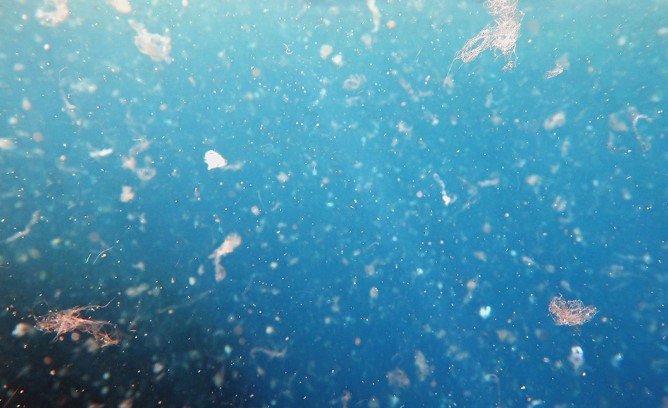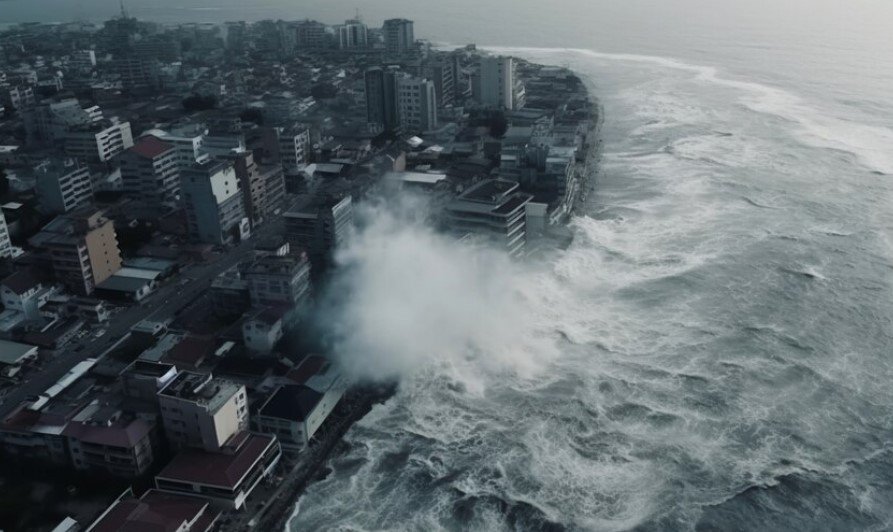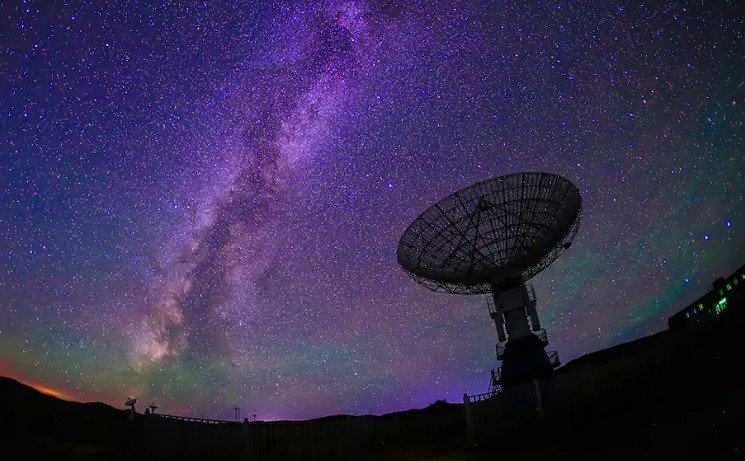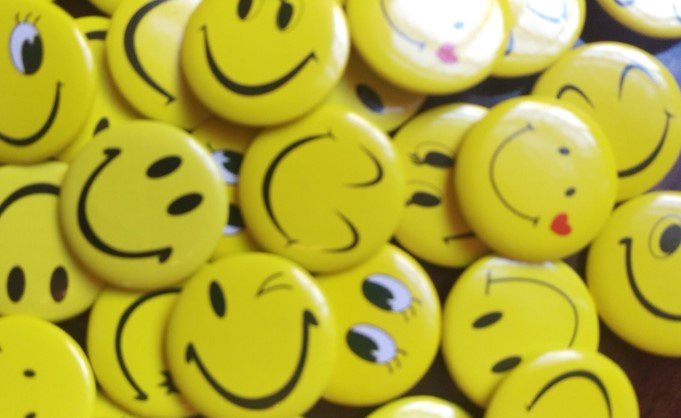Plastic pollution is not only a visible problem that affects the oceans and the environment. It is also an invisible threat that contaminates our food, water, and even the air we breathe. Tiny particles of plastic, known as microplastics and nanoplastics, are now everywhere, and they pose serious risks to our health and the planet.

What are microplastics and nanoplastics?
Microplastics are plastic pieces smaller than 5 millimeters, while nanoplastics are even smaller, ranging from one nanometer to one micrometer. They can form when larger plastic items break down into smaller fragments or when synthetic fibers are shed from clothing, fishing nets, and other sources. Some microplastics are also intentionally manufactured, such as the beads in cosmetic products and the pellets used to make plastic products.
Microplastics and nanoplastics are very hard to detect and remove, as they can easily pass through filters, screens, and wastewater treatment plants. They can also travel long distances by wind, water, and animals, reaching remote and pristine areas of the world.

How do microplastics and nanoplastics enter our food and water?
One of the main ways that microplastics and nanoplastics enter our food and water is through the ocean. According to a recent study, there are 2.5 to 10 times more microplastics in the ocean than previously thought. Another study found that some areas of the ocean have up to 1.9 million microplastics per square meter. These plastic particles are ingested by marine animals, such as fish, shellfish, and plankton, and can accumulate in their tissues and organs. When we eat seafood, we also eat the plastic that we have consumed.
Another way that microplastics and nanoplastics enter our food and water is through land-based sources, such as agriculture, industry, and urban areas. Microplastics can be sprayed on crops as part of sewage sludge, compost, or fertilizers, or they can leach from plastic mulch, irrigation pipes, and greenhouses. They can also be released from factories, landfills, and roads or carried by rainwater and runoff into rivers and lakes. A study by Consumer Reports found that plasticizers, the chemicals that make plastic flexible, are present in 99% of the food products they tested, including organic and processed foods. Another study by the Ocean Conservancy and the University of Toronto found that microplastics are present in 88% of the protein sources they tested, including meat, poultry, dairy, and plant-based alternatives.
A third way that microplastics and nanoplastics enter our food and water is through the air. Researchers have found that microplastics can be ejected from the ocean into the atmosphere by waves, wind, and sea spray. They can also be emitted from vehicles, tires, construction sites, and synthetic fabrics. These airborne microplastics can travel long distances and deposit on land, water, and ice. They can also be inhaled by humans and animals, or they can enter the clouds and affect the weather and climate.
What are the impacts of microplastics and nanoplastics on our health and the environment?
The impacts of microplastics and nanoplastics on our health and the environment are still not fully understood, but they are likely to be negative and widespread. Microplastics and nanoplastics can carry harmful chemicals, such as additives, plasticizers, flame retardants, and pesticides, that can leach into the surrounding environment or the organisms that ingest them. They can also act as magnets for other pollutants, such as heavy metals, organic contaminants, and pathogens, that can stick to their surfaces. These chemicals and pollutants can disrupt the endocrine, immune, reproductive, and nervous systems of humans and animals and cause various diseases and disorders.
Microplastics and nanoplastics can also affect the behavior, growth, and survival of marine organisms and alter the structure and function of aquatic ecosystems. They can reduce the feeding, digestion, and reproduction of marine animals and increase their stress, inflammation, and mortality. They can also interfere with energy transfer and nutrient cycling in the food web and reduce the biodiversity and productivity of marine habitats.
Microplastics and nanoplastics can also have global and long-term consequences, as they can persist in the environment for hundreds or thousands of years and accumulate in different regions and depths of the world. They can affect the carbon cycle, the water cycle, and the climate system and contribute to global warming, ocean acidification, and sea level rise.
What can we do to reduce microplastics and nanoplastic pollution?
The best way to reduce microplastics and nanoplastics pollution is to prevent plastic waste from entering the environment in the first place. This requires a systemic change in the way we produce, consume, and dispose of plastic and a shift to a circular economy that minimizes waste and maximizes resource efficiency. Some of the actions that we can take to achieve this are:
- Reduce our use of single-use and disposable plastic items, such as bags, bottles, straws, cups, and cutlery, and opt for reusable and durable alternatives.
- Reuse and repair our plastic products as much as possible, and extend their lifespan and functionality.
- Recycle our plastic waste properly and responsibly, and support the development and use of recycled and recyclable plastic materials.
- Replace plastic with other materials that are biodegradable, compostable, or renewable, such as paper, wood, bamboo, or hemp.
- Refuse to buy or use products that contain microplastics, such as cosmetics, personal care products, and cleaning products, and look for natural or organic alternatives.
- Rethink our relationship with plastic, and raise awareness and education about the impacts of plastic pollution on our health and the environment.
By taking these actions, we can reduce the invisible threat of plastic pollution in our food and water and protect our health and the planet.






